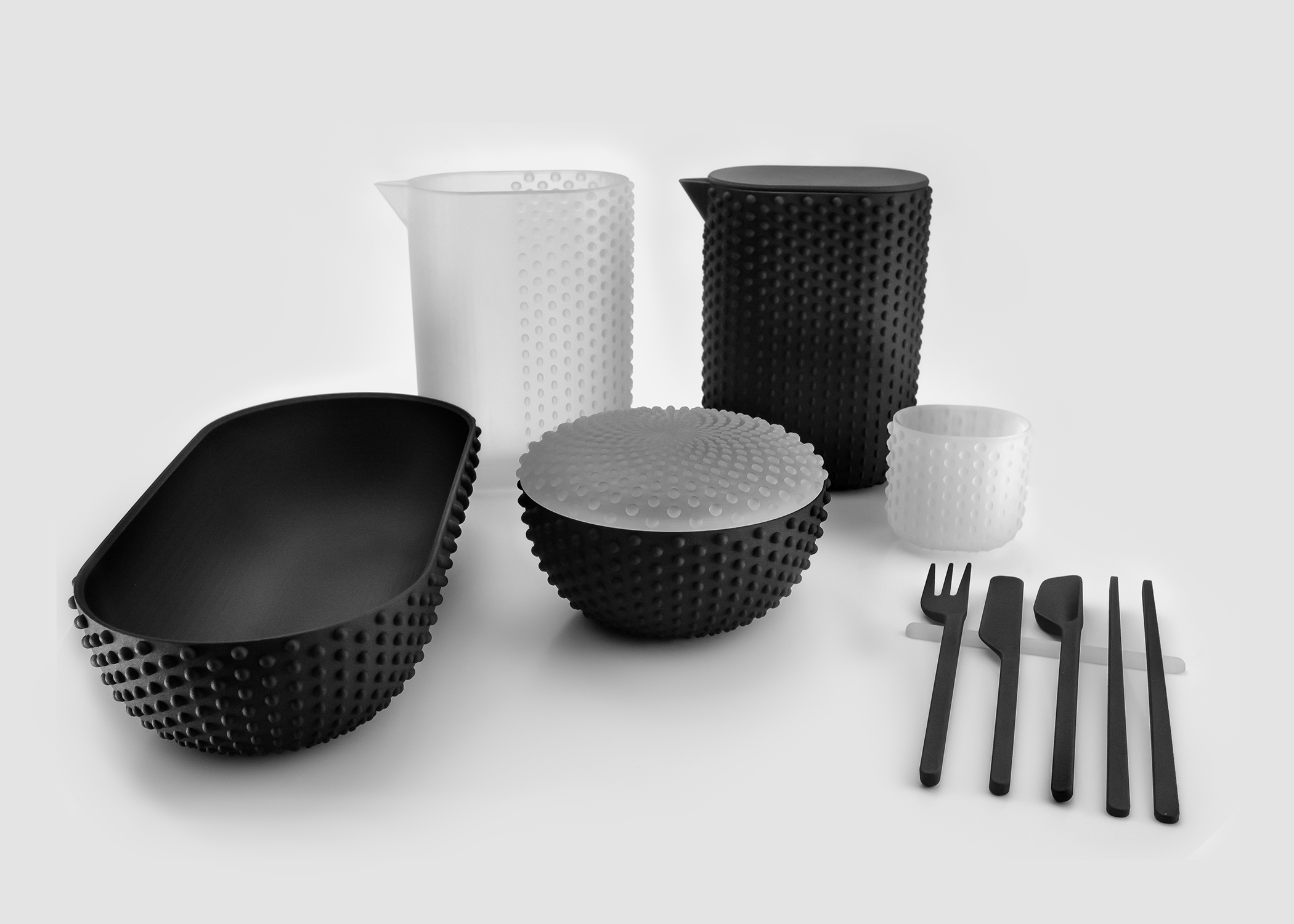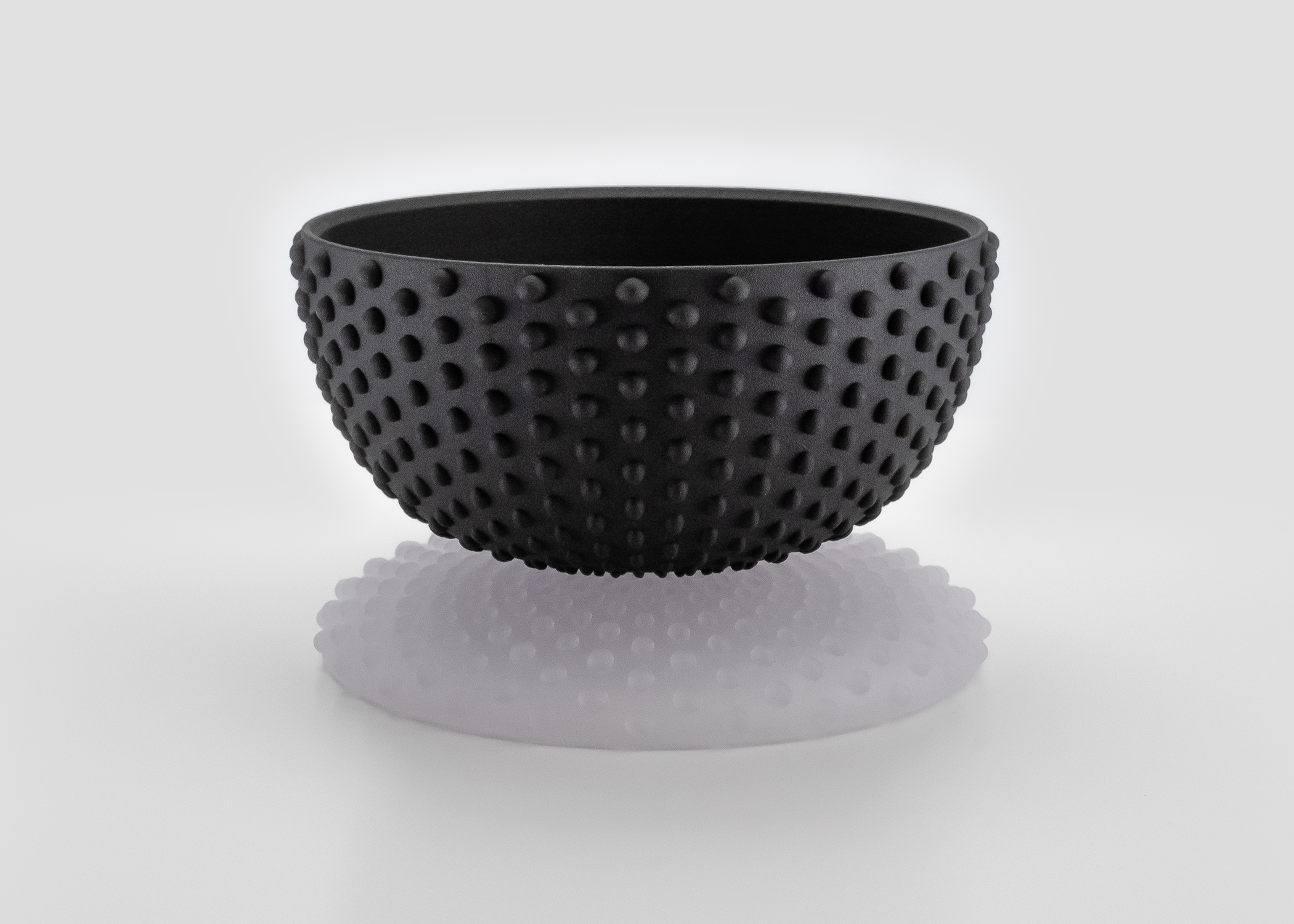3D printing is quickly developing into one of the most influential manufacturing technologies used across various industries. The rapid adoption we are witnessing now will only increase in the years to come. In this article, let’s take a look at six interesting future applications of 3D printing.
Soft Sensors &
Actuators
Soft sensors and actuators are a huge space where scientists are looking to apply 3D printing technology. Any such application requires automation and the ability to act independently. While manufacturing such systems is easy via 3D printing, operating them is still a challenge.
Scientists are now looking at 4D printing – a recent branch of 3D printing that deals in printing with smart and active materials. These 4D printed objects respond to external stimuli by changing shapes. Examples of such stimuli for 4D printing include:
Heat – Heat is one of the most popular stimuli for 4D
printed objects. A 4D printing material can change its shape on exposure to
heat. These materials called Shape memory materials (SMM) can be efficiently
programmed to act in a certain way when they are heated above their glass
transition temperature (Tg). Shape memory materials can
be further divided into Shape Memory Alloys & Shape Memory Polymers, Shape
Memory Ceramics (SMC), Shape Memory Gels (SMG) and Shape Memory Hybrids (SMH).
Light – Light is also one of the most common stimuli
for 4D printed objects. A photosensitive material responds to light in the form
of heat. They can then change their shape with regards to how much heat they
absorb from the light. In this case, mostly the joints absorb light and that
corresponds to the color of the joint.
Magnetism – These are the materials that respond to
external magnetic stimuli. The materials are infused with magnetic
nanoparticles so that the 4D printed part will respond to the applied magnetic
field.
Electricity – Electricity or current is also an external
stimulus for 4D printed objects. When a current is
applied, heat is generated and the object then behaves in a certain programmed
way to respond to these stimuli.
Moisture – Moisture can also be a stimulus since there are a lot of hygroscopic materials available and in use in manufacturing. This property of the material is of interest to researchers. Hydrogels are such materials and moisture allows them to expand up to 200% of their original volume. Hydrogels are perfect for 3D printing. But most importantly they are biocompatible and this is what makes the material interesting.
4D printed objects have shown great potential in applications involving actions such as grasping, sorting tasks, climbing or crawling agents, search and rescue missions, and hydrogel-based drug delivery.
Personalized
Nutrition
Personalized nutrition
is one of the most exciting and interesting future applications of 3D printing.
The food space is already getting competitive with multiple companies using 3D
printing technology to print food. But personalized nutrition goes beyond simple
food printing.
Nutrition 3D printing can allow people to 3D print their food by customizing the nutrition content as per the person’s needs and requirements. A few companies are already helping professional kitchens personalize their food offerings by fine-tuning the nutrient level of the preparation.
A personalized nutrition printer is an innovative solution where the printer will be fed with the prescribed nutrition for the individual to print food with accurate nutrient value.
Another application is for people who suffer from dysphagia – difficulty in swallowing, and for this issue researchers are working on 3D printing technology to print nutritious food that is easy to swallow.
These solutions can revolutionize the way people eat and maintain their health, especially for people who have special needs or require assistance in food preparations.
Personalized
Medicine
One area of 3D printing that also holds immense promise and opportunity is personalized medicine. Drugs have been manufactured for decades and they have been a standard in how diseases are cured. But the one thing associated with drugs is the side effects it has on individuals. Every person is different and a drug that is highly successful for one person may result in adverse effects in another.
3D printing has the power to create personalized and customized drugs for each individual. This capability can allow doctors, in the future, to 3D print personalized drugs for each individual patient.
3D printed drugs introduce the advantages of accessibility (drugs printed on site, on demand) and individualized customization (the perfect dose for each patient). Once enabled, this may revolutionize the way treatments are delivered to patients.
However, before 3D printing technology is used for drug printing, the regulators will have to put strict control over the use and licensing of the technology.
Replacement Organs
3D printing organs is the ultimate destination for scientists and researchers. The field called 3D Bioprinting uses a bioink, made from human tissues and cells to 3D print the needed organ that will not only be fully functional but also compatible with the human recipient.
Bioprinting is an emerging field and more and more researchers are taking a keen interest to quicken the pace of development. While we still have a long way to go before organ printing becomes the reality, some researchers suggest that this technology may be achievable in the next decade, with organ printers made available in hospitals.
Organ printing is mostly concentrated on specific organs such as the heart, liver, kidney and cornea. Additionally, bones are also being studied to be bioprinted.
Cancer Cure
According to the World Health Organization (WHO), cancer is a generic term for a large group of diseases that can affect any part of the body. With more than 9.6 million deaths due to cancer worldwide in 2018, it is one of the deadliest diseases in the world. Cancer has been around for centuries and still, there is no conclusive treatment for it.
Today we are at a juncture where scientists believe 3D printing technology could provide the much-needed solution.
According to
scientists, 3D printing can help bioprint cancer tumor cells. Doctors can
collect cells from a patient, and bioprint them into a 3D shape. Current
treatment involves testing 2D models in a petri-dish where the cells stick to
the bottom of the dish that is analyzed. But the 2D models do not accurately
represent a human tumor and this leads to a difference in the treatment and the
results.
Scientists believe that 3D bioprinted tumor cells will accurately represent the human conditions. They will also be able to analyze the 3D models better by cutting them, slicing them and understanding their structure.
3D printing can also lead to patient-specific treatment in the future. By collecting individual patient’s tumor cells, analyzing them and finding treatment for them could provide the answers to finding cure in the future.
Mars Colonization
Humans have been fascinated by the Red Planet, Mars, since we first discovered it. The closest planet is recreated in so many movies and countless novels and the dream to colonize Mars is looking more and more achievable.
Researchers believe 3D printing could provide the key to building a sustainable human colony on Mars. They plan to use 3D printing to build houses and produce food from locally available sources. According to some experts, the raw materials on Mars can be used to make plastics, and the Martian sand can be used as cement. With these materials, construction 3D printers can start building a human-friendly habitat on Mars.
NASA launched and invited people across the globe to join the NASA Habitat Challenge to design 3D printed habitat for deep-space exploration. The challenge completed in 2019 awarded a total of $2,061,023. This was not only progress for the Mars mission, but the results of using 3D printing for housing solutions could be applicable here on Earth as well.
The 3D printing technology continues to challenge scientists, engineers, and researchers to explore the possibilities of its application. Are you applying 3D printing to revolutionize your industry? Find out how Shapeways can help with all of your prototyping needs.
The post 6 Future Applications of 3D Printing appeared first on Shapeways Blog.



